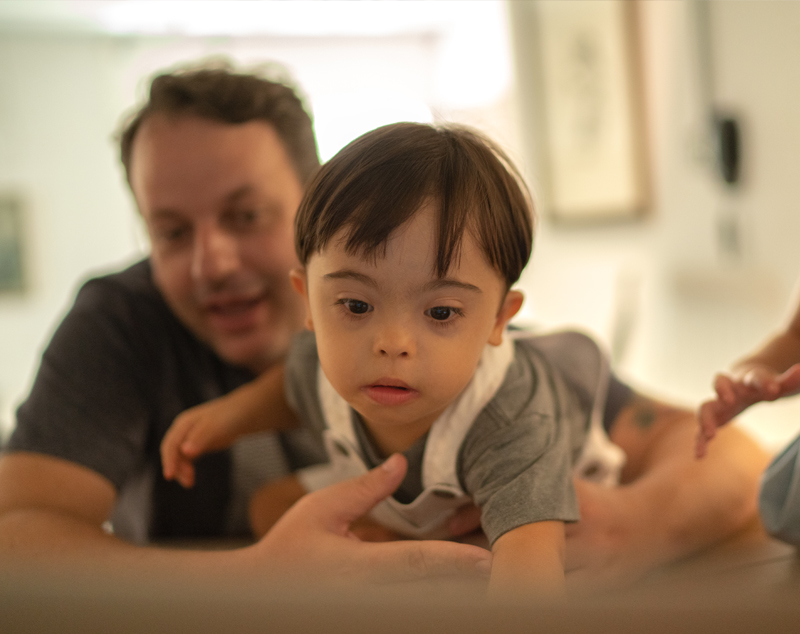Infantile spasms, also known as West syndrome, are a rare but serious kind of seizure disorder that typically occurs in babies between 3 and 12 months. Characterized by sudden, jerking movements and often occurring in groups infantile spasms are frightening for caregivers and parents. For the best outcome for children, it is essential to recognize the signs and seek medical attention immediately.
One valuable resource for caregivers and parents in recognizing the signs of infantile spasms is through watching videos of infants who are experiencing seizures. These videos can be a valuable visual aid for caregivers and parents to comprehend the common movements that occur during infantile spasms. They are short, symmetrical contractions that typically affect the arms, the legs and the trunk. Infants can also exhibit the head-nodding or dropping movement.

The symptoms of infantile spasms can be subtle initially and can be misinterpreted as normal infantile movements. It is crucial to distinguish infantile spasms and typical infant behavior since early detection and treatment may result in better outcomes for developmental development. Make sure you take action as soon as your child appears to be experiencing infantile screaming.
The time delay in finding and referring to an appropriate medical professional is among the biggest challenges in diagnosing infantile injuries. Researchers have found that delays of over seven days when diagnosing infantile spasms can lead to lifelong developmental impairment. It is crucial to seek immediate medical attention when your child exhibits any of the signs that are associated with infantile spasms.
If you witness your child having spasms, you should take a video of the episodes to show your doctor or pediatrician. The videos can be a useful source of diagnostic information and are a great tool for health professionals to determine the type and frequency seizures. It’s also a good idea to take the video and your baby to the nearest pediatric emergency department for an immediate evaluation in the event that you aren’t able to see your doctor right away.
The development of your baby is affected by every day. Early diagnosis and treatment can significantly improve developmental outcomes and reduce the risk of long-term neurological complications. Parents and caregivers must be diligent in monitoring the development of their children, and seek medical attention when they feel worried.
In addition to recognizing infantile spasms symptoms It is crucial parents and caregivers are aware of the root cause of the problem and risk factors. Infantile spasms can be caused by a variety of neurological disorders and developmental conditions. Underlying causes can include neurological disorders as well as genetic disorders and metabolic disorders.
The treatment for infantile spasms usually requires a combination of medication and supportive therapies to manage seizures. Adrenocorticotropic hormone (ACTH) and oral corticosteroids are among the medications commonly employed for treating infantile spasms however other antiepileptic medications may also be prescribed depending on the individual patient’s needs.
In addition to medical treatment Early intervention services such as occupational therapy, physical therapy and speech therapy could be suggested to aid in the child’s growth and address any developmental delays or impairments that could be caused by the seizures.
In conclusion infantile sprains can be described as an extremely serious neurological disorder that needs to be identified and treated promptly. Parents and caregivers are able to play a vital role in the health of their child by becoming familiar with the symptoms associated with infantile sprains and acting quickly. Don’t hesitate to get medical assistance if you suspect your child may suffer with infantile spasms. Also, make sure that the proper evaluation and treatment is provided. Every day is important in achieving more positive development outcomes for children suffering from infantile spasms.
